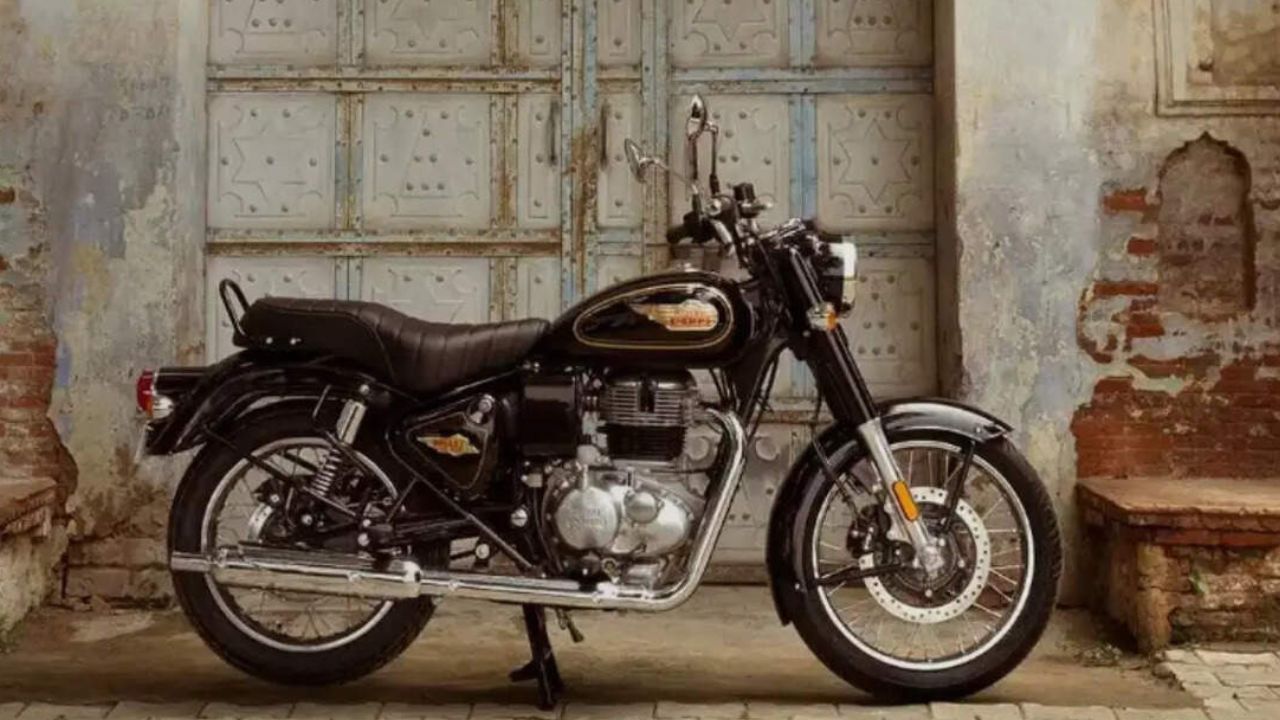Currently, Automobile is taxed 28 percent, which is the highest GST slab. The compensation ranging from 1 to 22 per cent, is charged at the top of this rate depending on the type of vehicle.
In a post of LinkedIn, Eicher Motors’ executive president Siddhartha Lal said that the Indian brands are already dominating the small-capacity section of the world and due to heavy investment, the industry has now deepened in medium-efficient motorcycles.
“With the exceptional value, we are drawing to the world’s raiders from large, high-depching machines to the Indian-made medium-sized motorcycles. To maintain this speed, the uniform GST among all two-wheelers is serious,” Lal said.
Royal Enfield, a part of Eicer Motors Limited, is leading in medium -sized motorcycles. “Reducing GST will help to access C. C350 CC, but increasing the GST will increase by more than C350 cc, damaging the department that is significant for the global edge of India,” Lal said. Differential rates will cause domestic compresses in the 350 350cc region and will suffer the investment needed by India to compete globally, he said.
He said that the range of extensive and competitive products is required for success abroad, and the punitive GST of 350 CC runs a bike in small capacity and reduces the Indian brand’s ability to produce strong dealer networks and brand equity worldwide.
Lal firmly said that without such a disorder, the rival of the country will be occupied by a medium-sized section, then return to the small-capacity market currently leading India.
He mentioned that more than 350 cc motorcycles are about 1 percent of India’s two -wheeler market.
“Increasing GST on them will increase some revenue but this department will agree. These motorcycles are not luxury items for Indian drivers; they are efficient, affordable options for cars, provide low fuel consumption and maintenance – it helps to reduce India’s fuel imports,” Lal said.
India is already at the forefront of two -wheelers in China, Japan, Europe and the United States, he said.
He said, “Not only will a uniform 18 percent GST protect this leadership, but India can dominate the World Electric Two-Veller Market. By obtaining a scale in EVS, India can establish itself as the center of the world for the next generation movement,” he said.
This will anchore to the aalide industries – from the battery to the semiconductor and advanced electronics – a powerful manufacturing ecosystem that ensures India’s global leadership for several decades.
Lal said that India’s two -wheeler industry is the only obvious success story in the field of production in the Make in India Initiative and the Indian brand globally.
A high-power GST Council under the chairmanship of Finance Minister Nirmala Sitharaman will hold a meeting to discuss two-slab tax on September and to violate GST rate of 5 percent and 5 GS percent.
